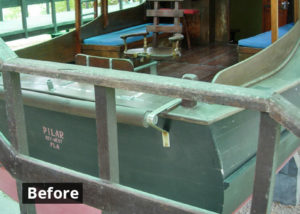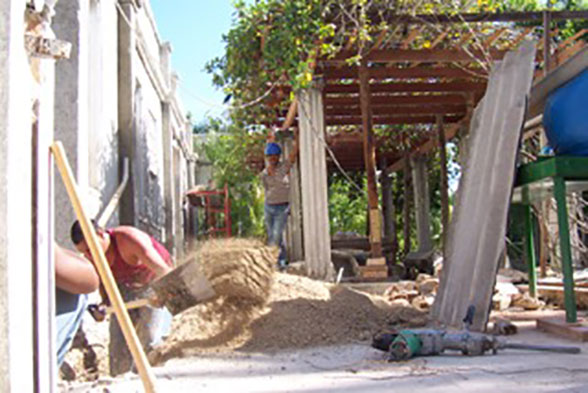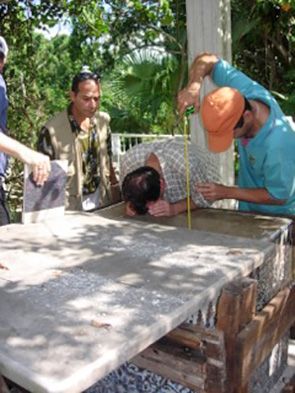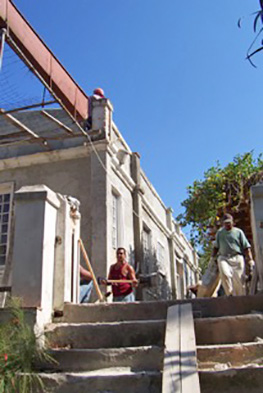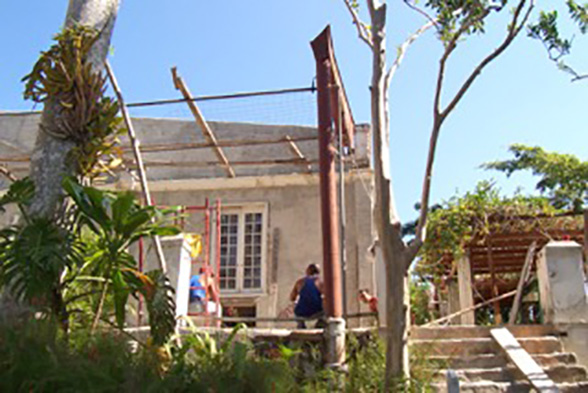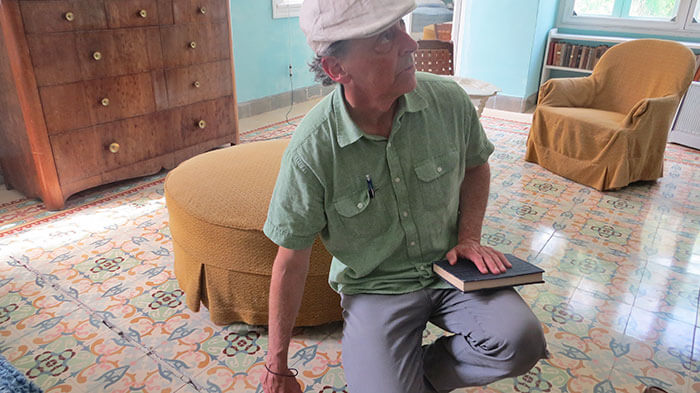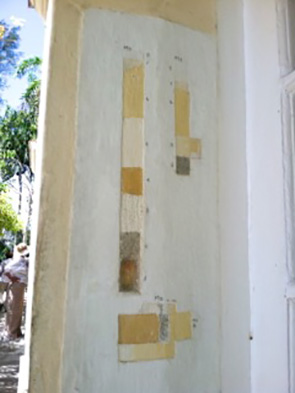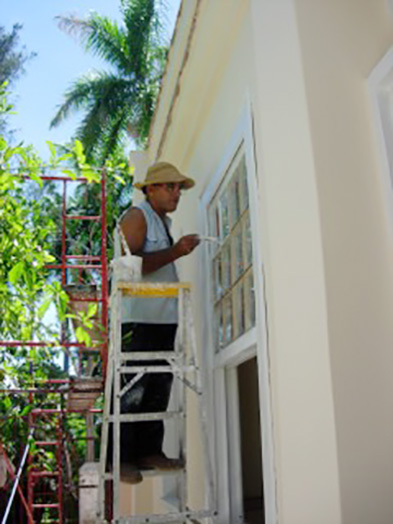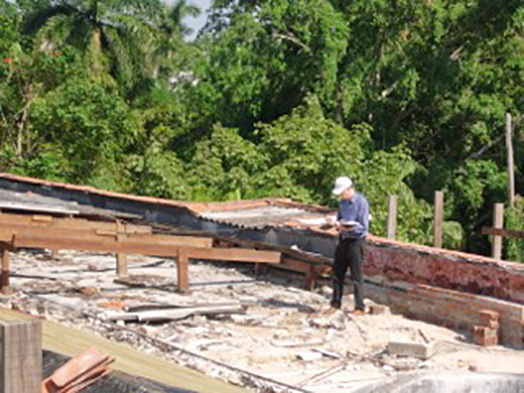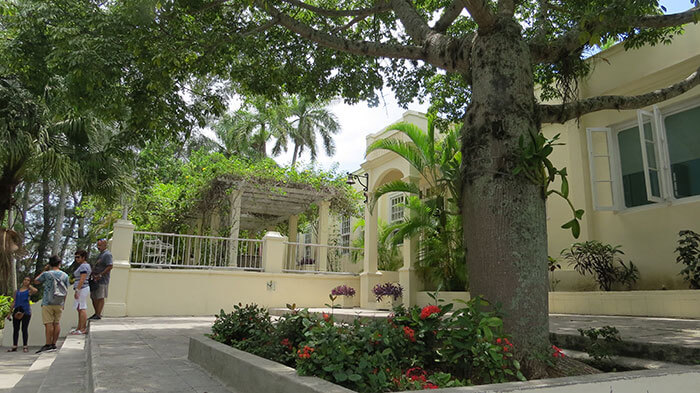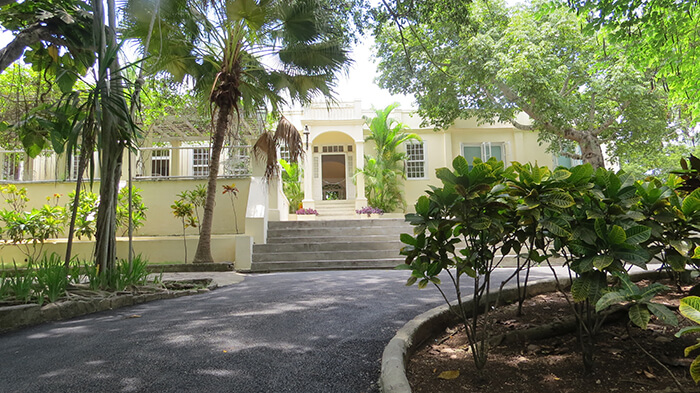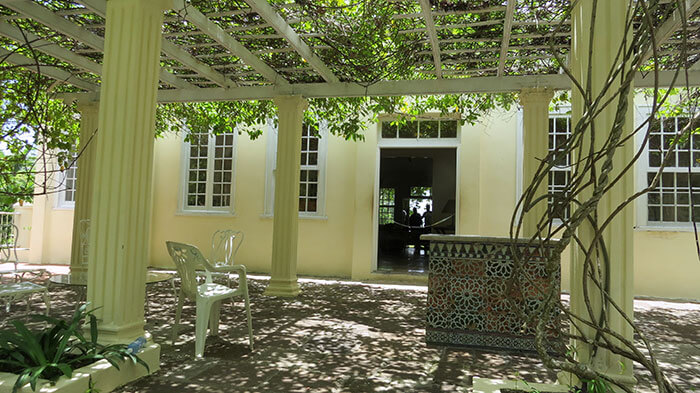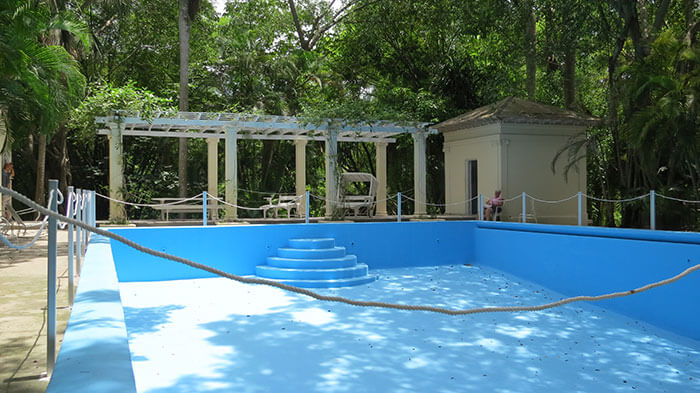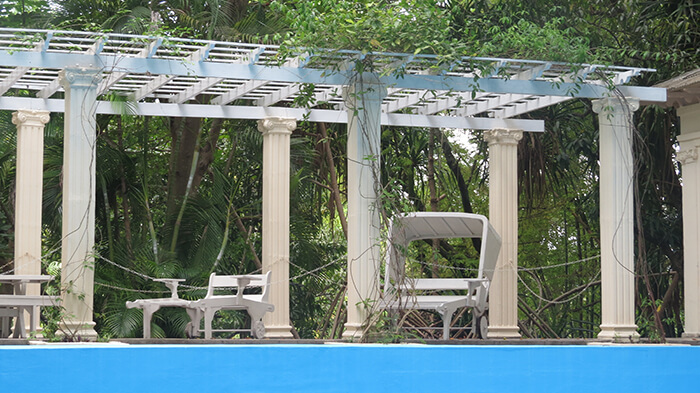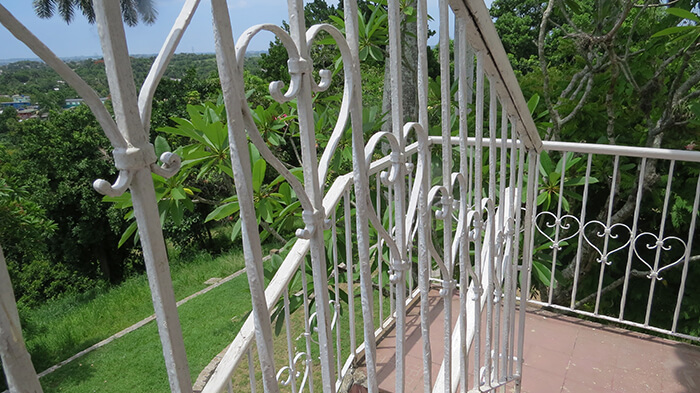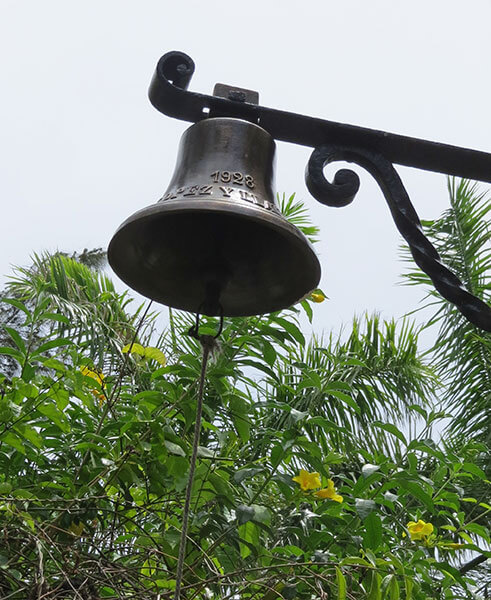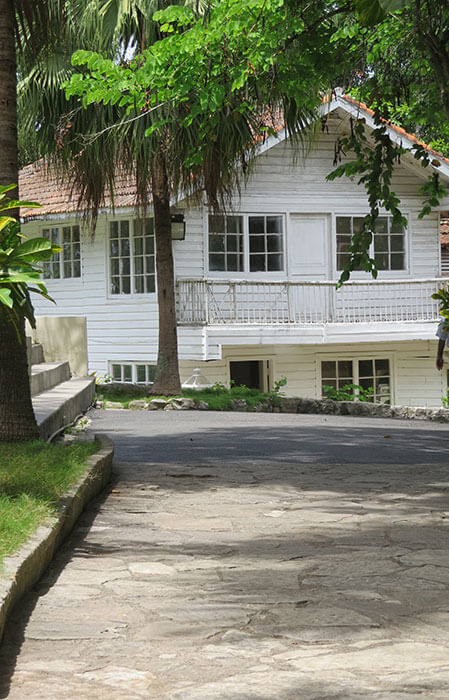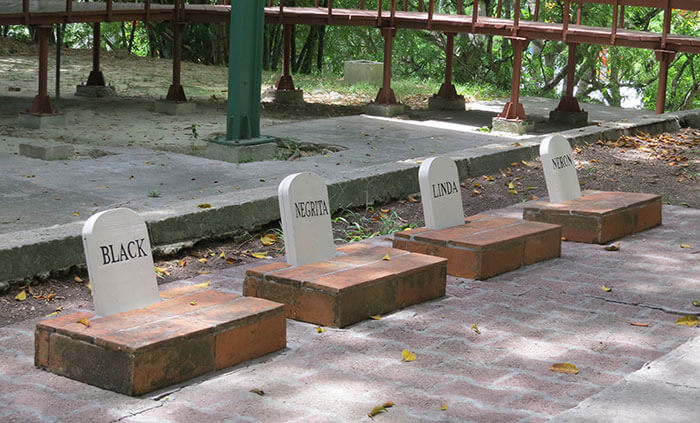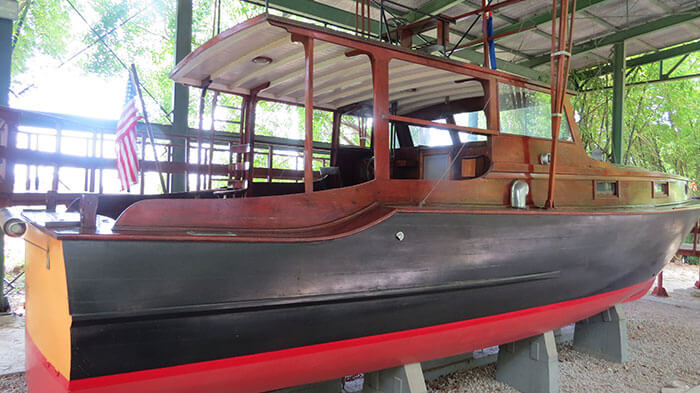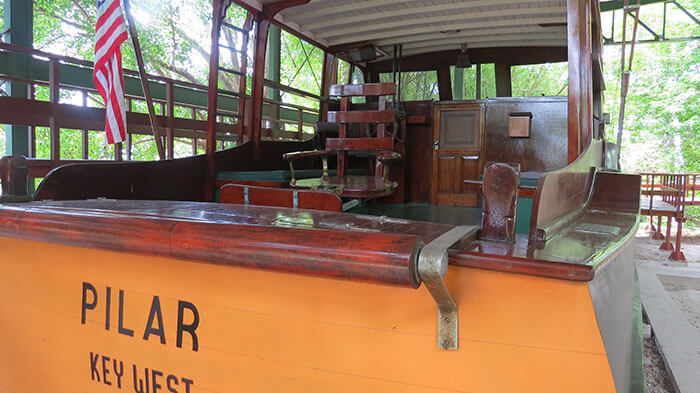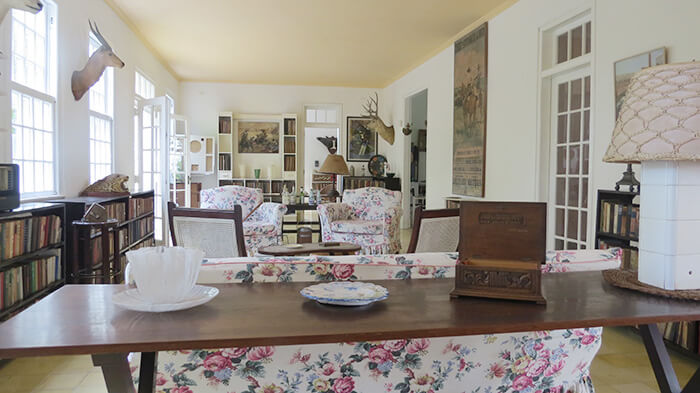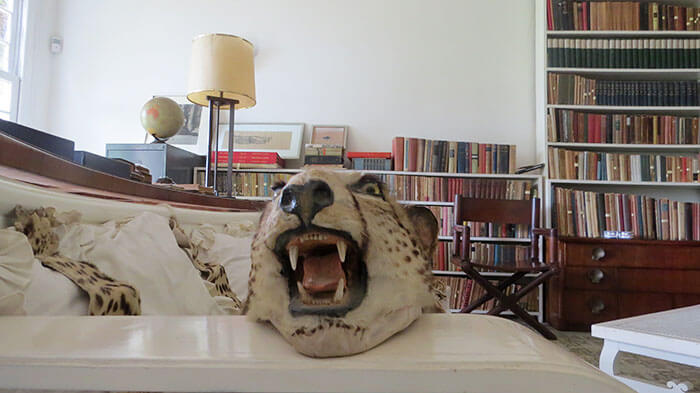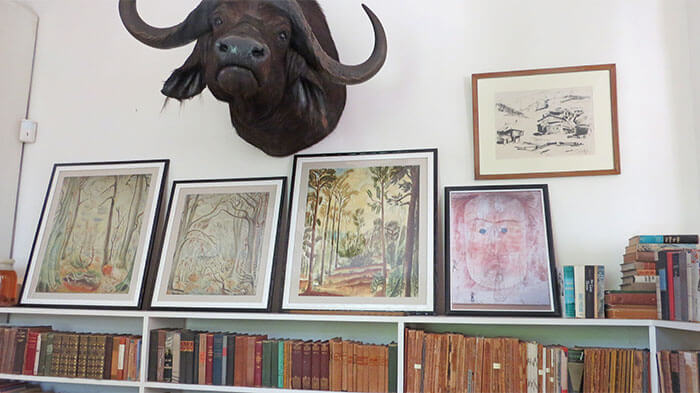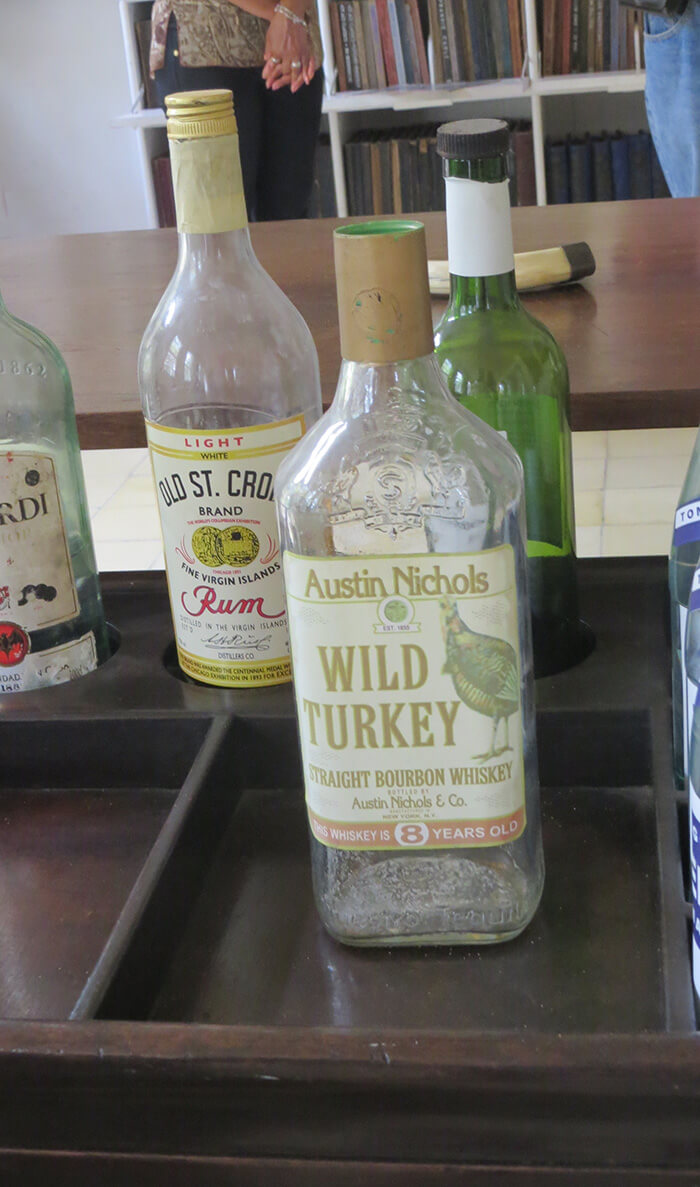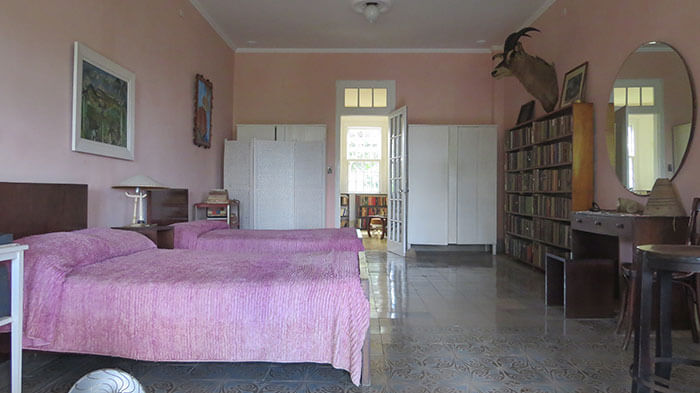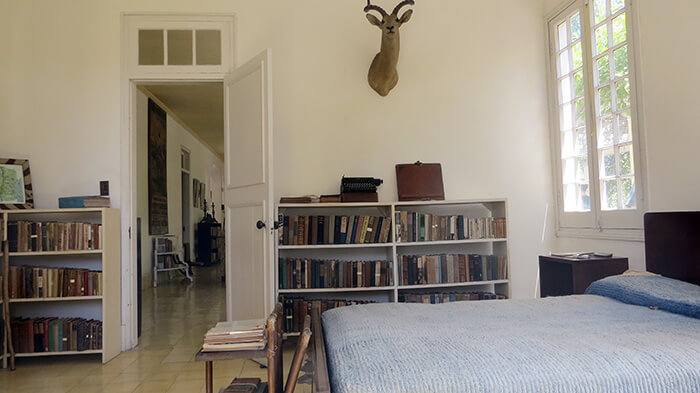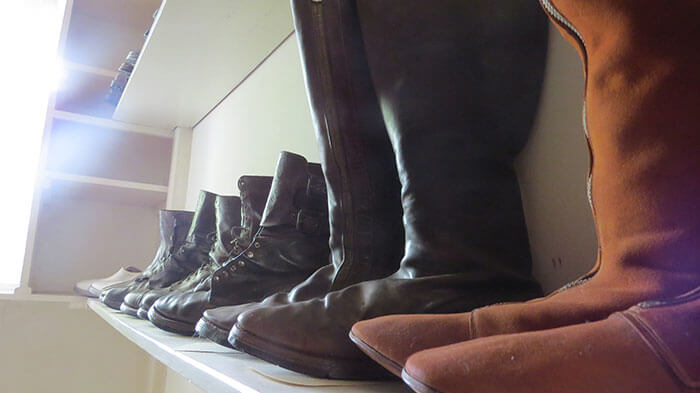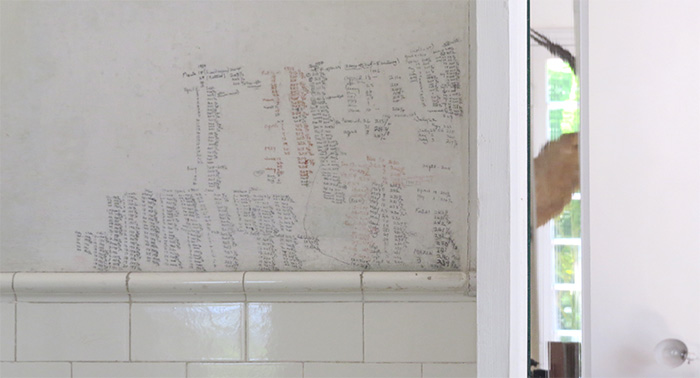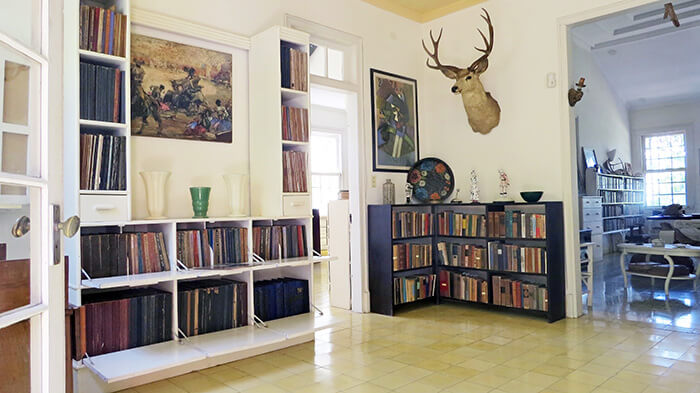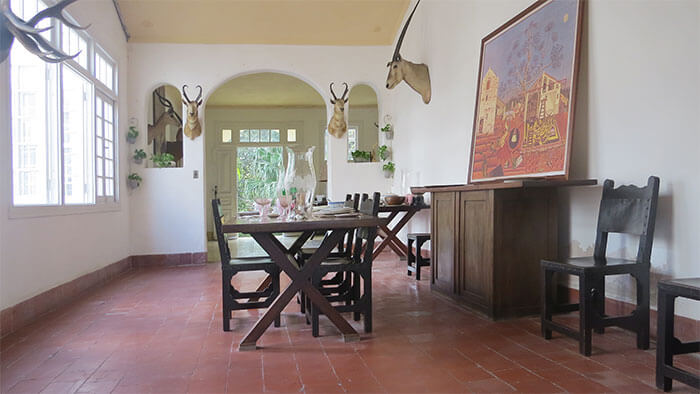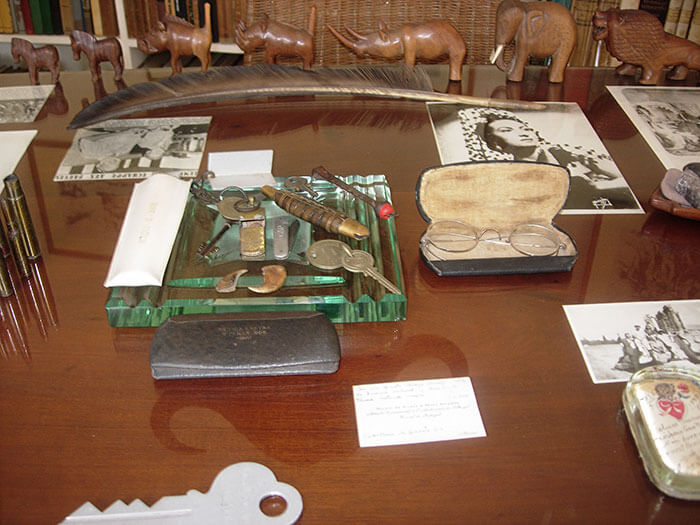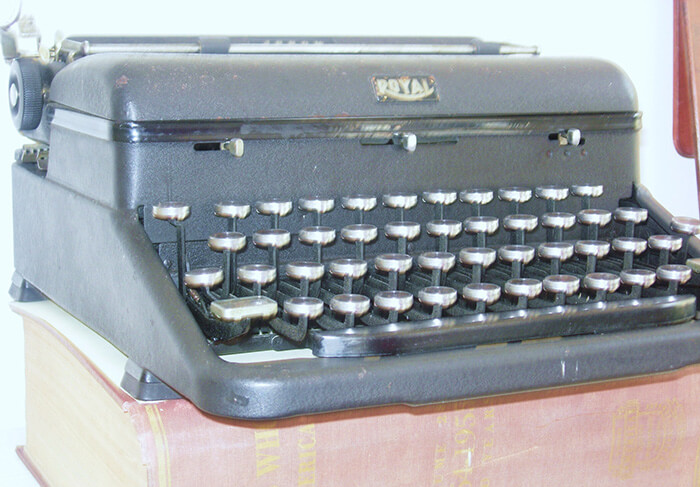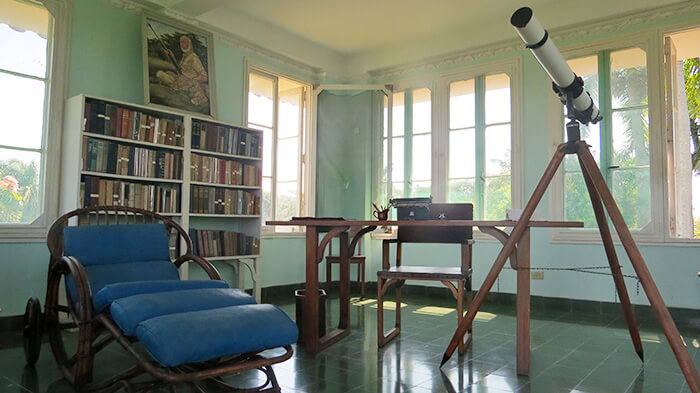
Architectural Preservation
Preserving the House and Its Contents
In the summer of 2005, Cuban preservationists began working with specialists from the United States provided by the Finca Vigía Foundation and The National Trust for Historic Preservation. Cuban museum authorities did not have the resources necessary to complete the scientific analyses necessary for comprehensive preservation of the house and its contents, but otherwise led the preservation efforts, assigning architects, engineers, conservators and arborists to the project as well as providing all labor and materials.
The U.S. team offered advice, created schematic drawings, an historic house chronology, and conducted paint and stucco analysis in laboratories in the United States.
This collaboration was unique. Today this almost two-decade collaboration remains strong and vibrant.
Our team is led by William Dupont, FAIA, and is comprised of preservation architects; engineers—structural, civil, and mechanical; landscape architects; and experts specializing in metals, wooden boats, environment and humidity, and construction.
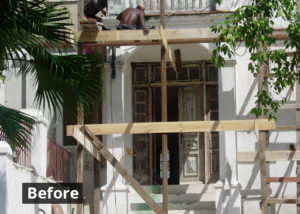

Accomplishments
Main House
Finca Vigía was completely preserved in 2007 by the Cuban team. The architectural preservation of this significant home built in the 1880s entailed removing great amounts of mildewed stucco, an internal cast iron drainage system, and termite infested wood. Many rooms were brought down to the studs. Tile floors were preserved, as were all architectural elements able to be saved. Some new windows, roof, walls, and an exterior drainage system were installed. Our U.S. team provided advice, design drawings, and offered expertise in building techniques.
The preservation efforts were guided by hundreds of archival photographs from the Hemingway collection at the John F. Kennedy Presidential Library in Boston, Massachusetts, as well as in the Museo Hemingway’s collection.
To keep this tropical home in good condition, the Finca Vigía Foundation provided analysis of collected climate data (temperature, humidity and rainfall) and established operating protocols for interior climate stabilization. We created “To Do Lists and Timetables” for the long-term maintenance and conservation needs of collection items on display and in storage. We reviewed illumination plans and offered general trainings on best practices for museum lighting as well as climate management implications involving sun studies. We established a building chronology and reviewed geotechnical analysis of possible soil movement.
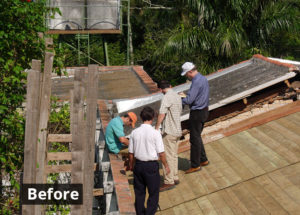
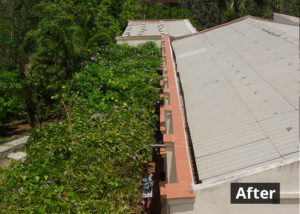
Landscape and Site
Our team assisted with the purchase and installation of termite baiting systems for long-term preservation of all wood. Research, documentation, assessment and analysis of the cultural landscape, as well as the collaboration on restoration treatments for plantings and paths were begun. Drought tolerant vines were planted on pergolas to dapple the harsh sunlight entering the home.

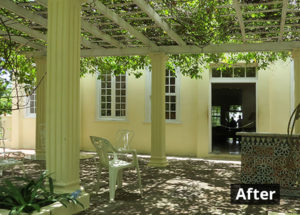
Pilar
Hemingway’s boat, in dry dock at Finca Vigía, benefited from technical advice on restoration efforts from a consultant from Mystic Seaport. She was renovated by Cuban boat builders. Information from data loggers placed in her galley to record internal temperature and humidity was periodically reviewed by the U.S. team. Plants and termite nests were removed from the area.
Going Forward
As with all historic properties, constant maintenance is required. This is especially true for a historic home in the tropics, where intense sun, hurricanes, and insects provide challenges to the home and the collection within. After almost 20 years, Hemingway’s home is in distress. Specifically, water seepage and termite damage have reemerged putting not only the building, but the entire collection within at risk. Maintenance is costly and requires having available resources (material and labor) to address it.
In December 2019, a feasibility study conducted by U.S. architects and engineers illustrated the poor condition of Finca Vigía. Using visual examination as well as borescope investigation they examined Hemingway’s home from basement to roof. They created a report detailing the problems and offering solutions. The report was approved by the Foundation’s board of directors in January 2020 and within weeks the global pandemic caused lockdowns and put all work on hold.
The Foundation remains determined to raise the funds needed to preserve this important historic property and Hemingway’s irreplaceable papers.
Unlike the earlier preservation collaboration, this effort will be based upon the successful completion of the Renovation Center.
Our goal is to conserve Hemingway’s beloved Finca Vigía using U.S. building materials (hurricane resistant windows, roofing materials, etc.) that will be shipped to Cuba. We have always and will continue to always obtain all the necessary licenses and comply with all applicable U.S. laws. We will offer a rigorous workforce development component so that Cuban tradesmen and women can work with U.S. counterparts and develop new building techniques and safety practices. Ongoing maintenance requirements will be emphasized.
